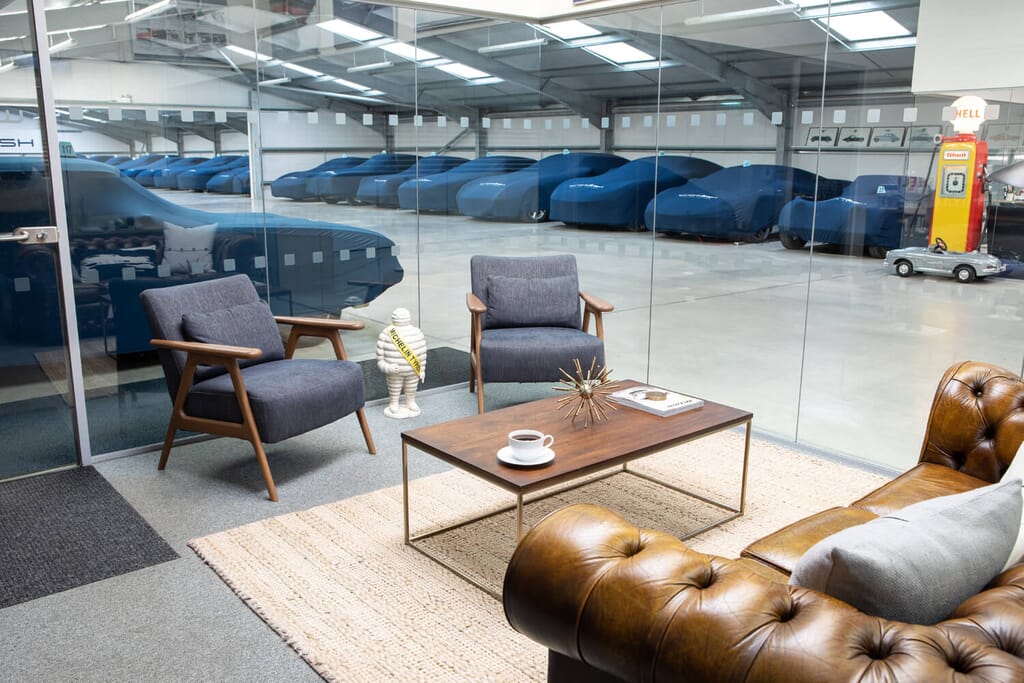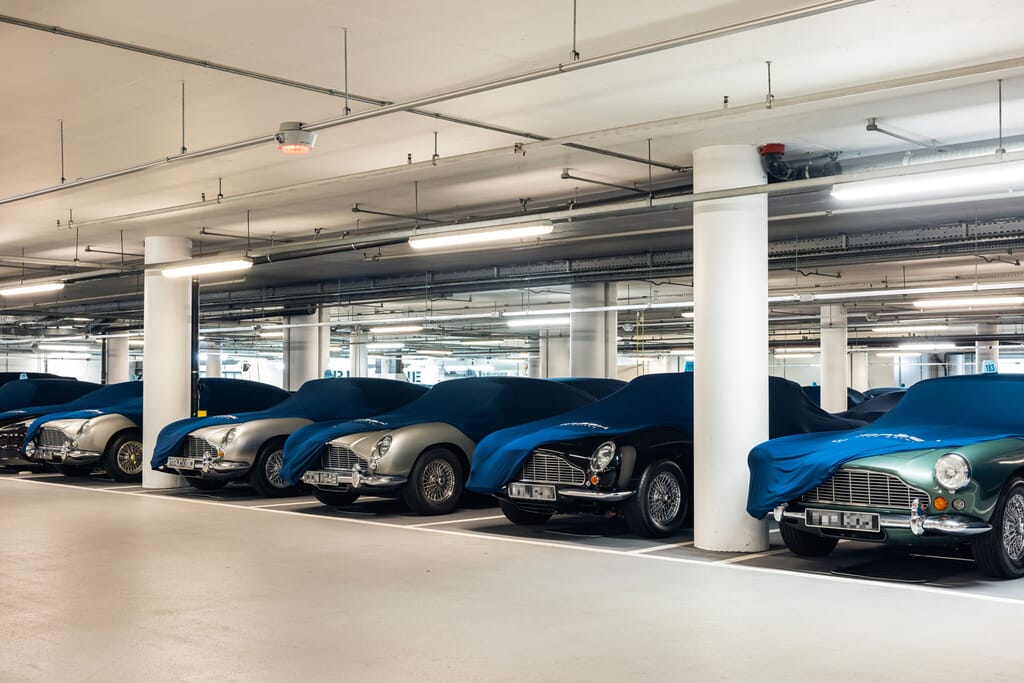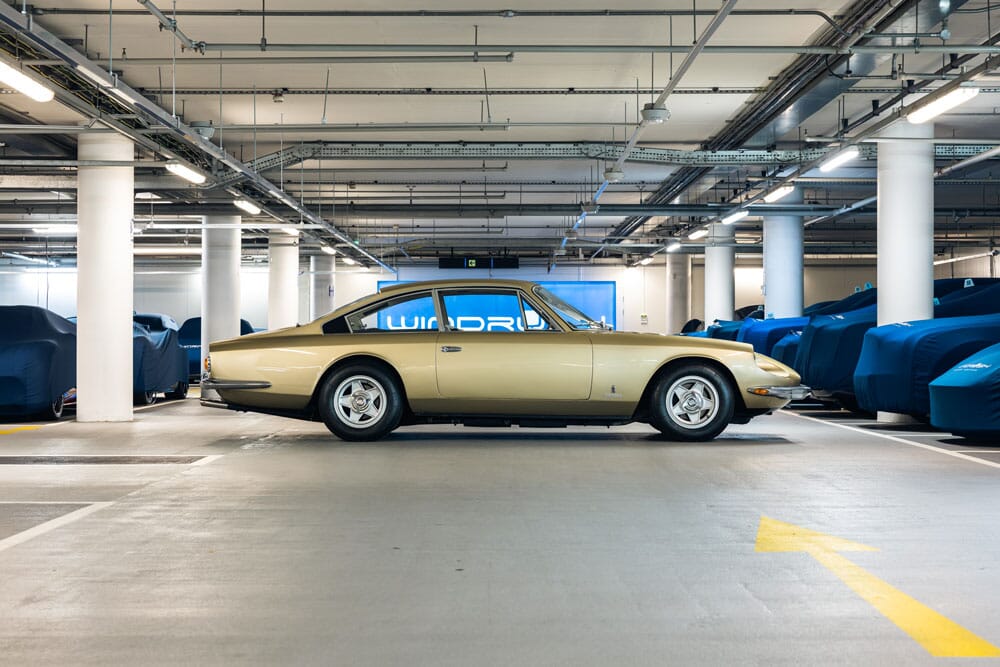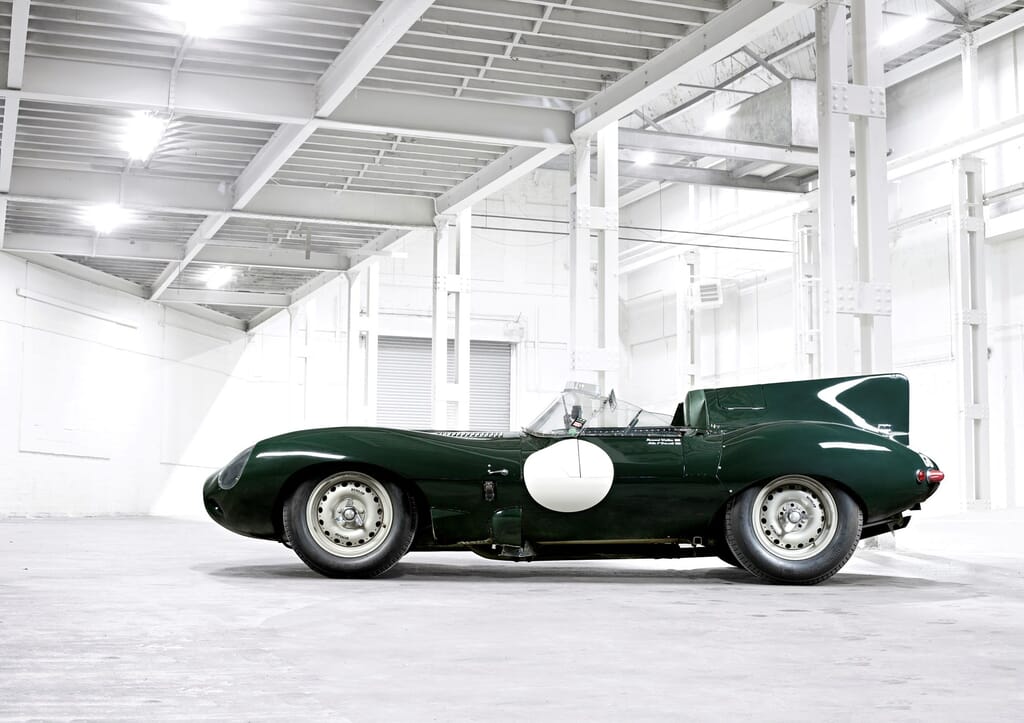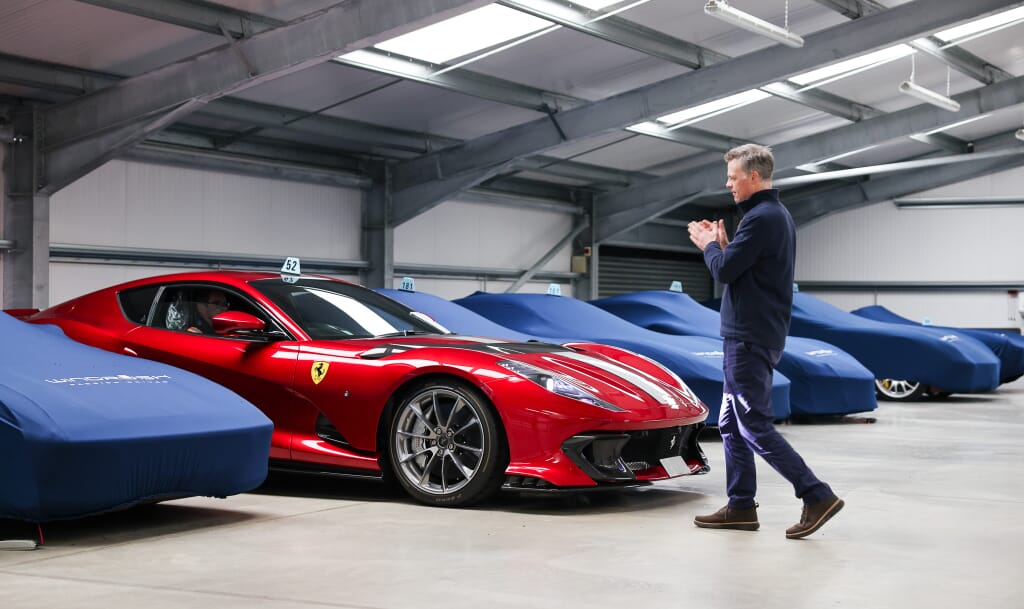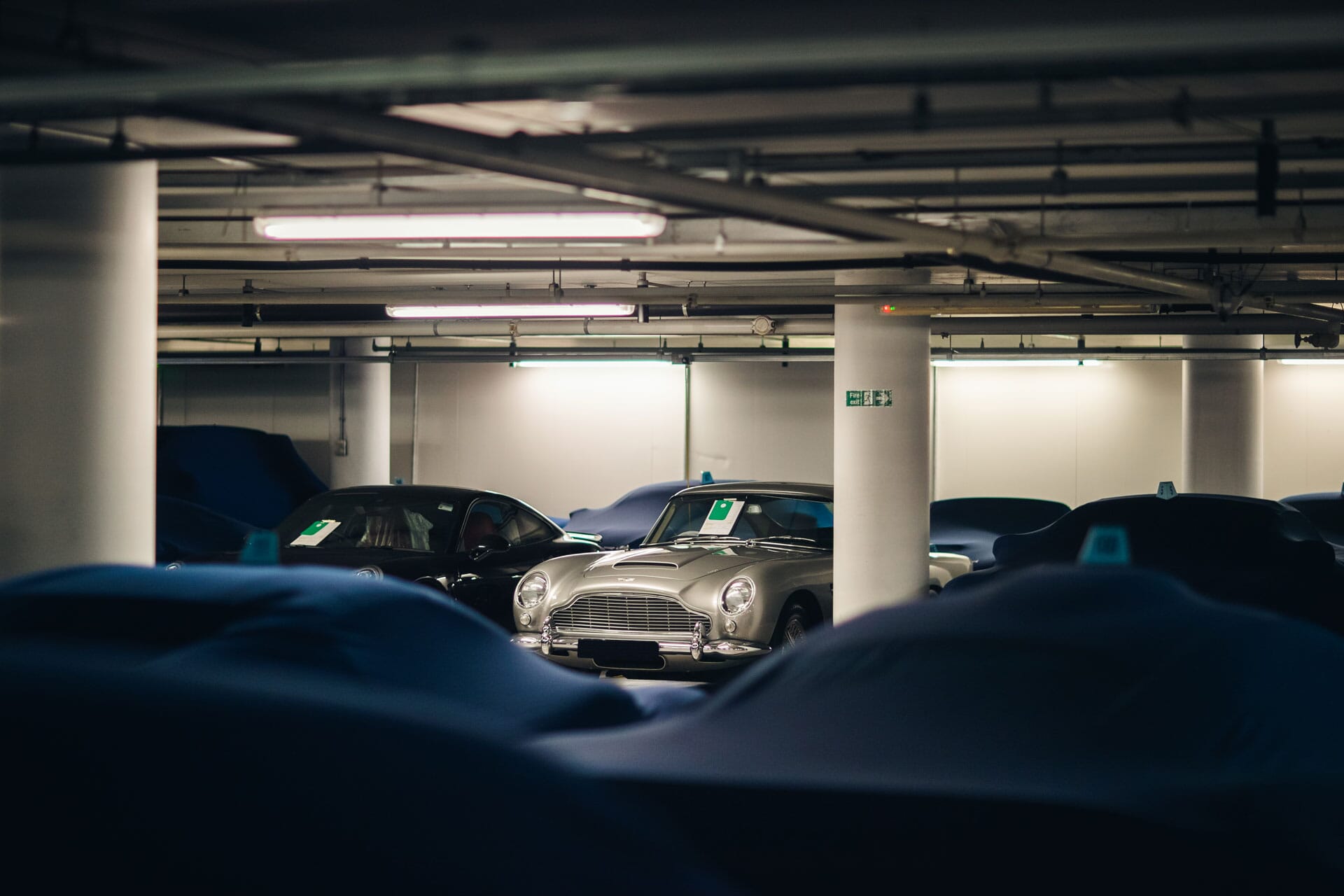
Classic Car Storage
Every classic car is looked after as if our own
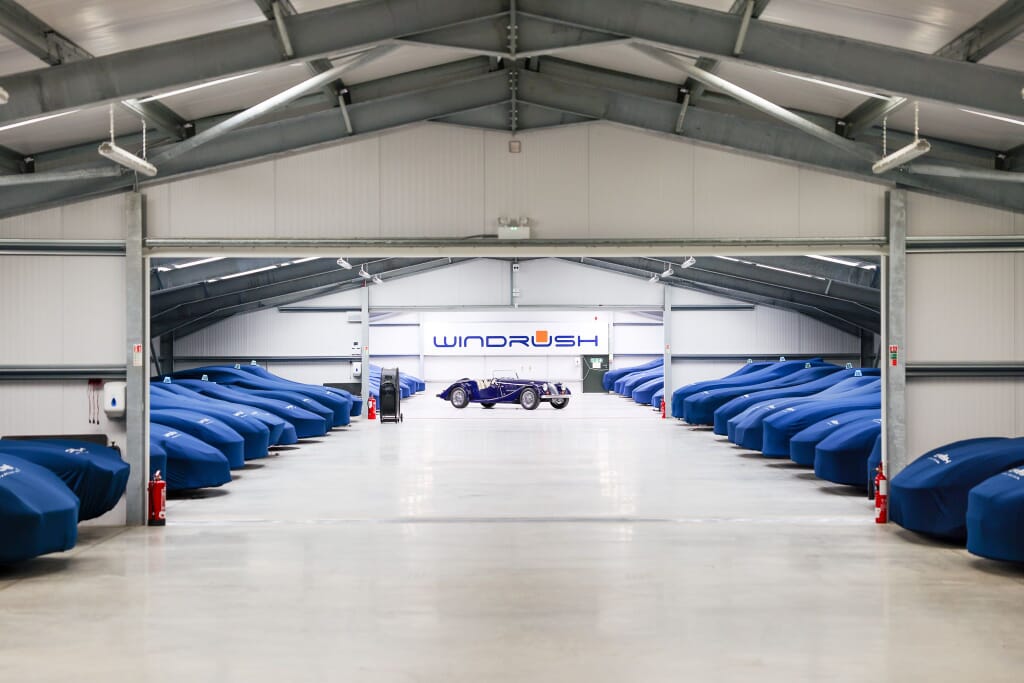
News & Advice
Windrush in the news
Frequently asked questions
-
Where are we located?
Our Google Map listings provide approximate locations however to safeguard the vehicles entrusted to us we do not publish our exact address or location. Please contact us with your enquiry for further information and to make an appointment to book a private tour. Thank you for your understanding.
-
How easily can I access my car and on how much notice?
We aim to offer our client access to their vehicles on a 24/7 basis and our facility is open 7 days a week, with access out of hours using our secure Drop Zone. We generally ask that clients give us 24 hours’ notice when using their vehicles but we can usually accommodate shorter notice requests where needed. The aim is to allow the clients to enjoy their vehicles whenever they need, fitting seamlessly around their busy lives.
-
Can we complete servicing, repairs and MOTs while cars are in storage?
We aim to act as a “car butler” for our clients, no matter what their request. As such, we can assist our clients with the full range of ancillary services relating to their vehicles, be that routine maintenance, repairs, MOTs, transport etc. We act as a single point of contact and the client can rely on us to get the work completed promptly and efficiently, keeping them fully informed at all stages to completion.
-
Can we move cars between London and Cotswolds sites if needed?
Yes, we are happy to move cars between sites, particularly if a client doesn’t need their car in London for a period of time and would prefer to take advantage of a lower storage rate. We use our in-house car transporter to make the relocation seamless and hassle-free.
-
Can we arrange importation and re-registration of vehicles from overseas?
We have a great deal of experience of importing client cars and have various preferred partners who can arrange this. We are also very happy to deal with all aspects of the UK re-registration of foreign vehicles on behalf of the client, liaising directly with the importers and DVLA/HMRC.
-
Can clients leave their daily drivers with us when using their cars from storage?
Once a client has placed a car with us, that space is theirs to use as they see fit and we will very happily look after a daily driver to our usual high standards while their storage car is being used.
-
Can we refurbish damaged alloy wheels?
This is a common request where clients drive regularly in London and we are happy to arrange repairs to all finishes of alloy wheel using our preferred supplier. In most cases, the vehicle will not have to leave our facility to have the work completed.
-
Can we provide transport services?
As part of our concierge services, we can arrange transport services at competitive rates to/from any given destination worldwide, either using our fully trained drivers for local journeys or our enclosed transporter for longer distances (or situations where a client prefers covered transport).

Sustainability
Our environmental promise
Windrush strives to be the best in all aspects of car storage, be that providing a first-class client experience, or maintaining our ISO 9001 status year after year. But it’s not just our clients to whom we owe our best, we also need to care for the environment.
